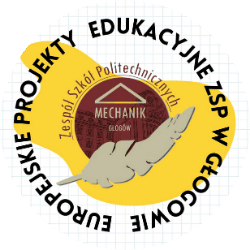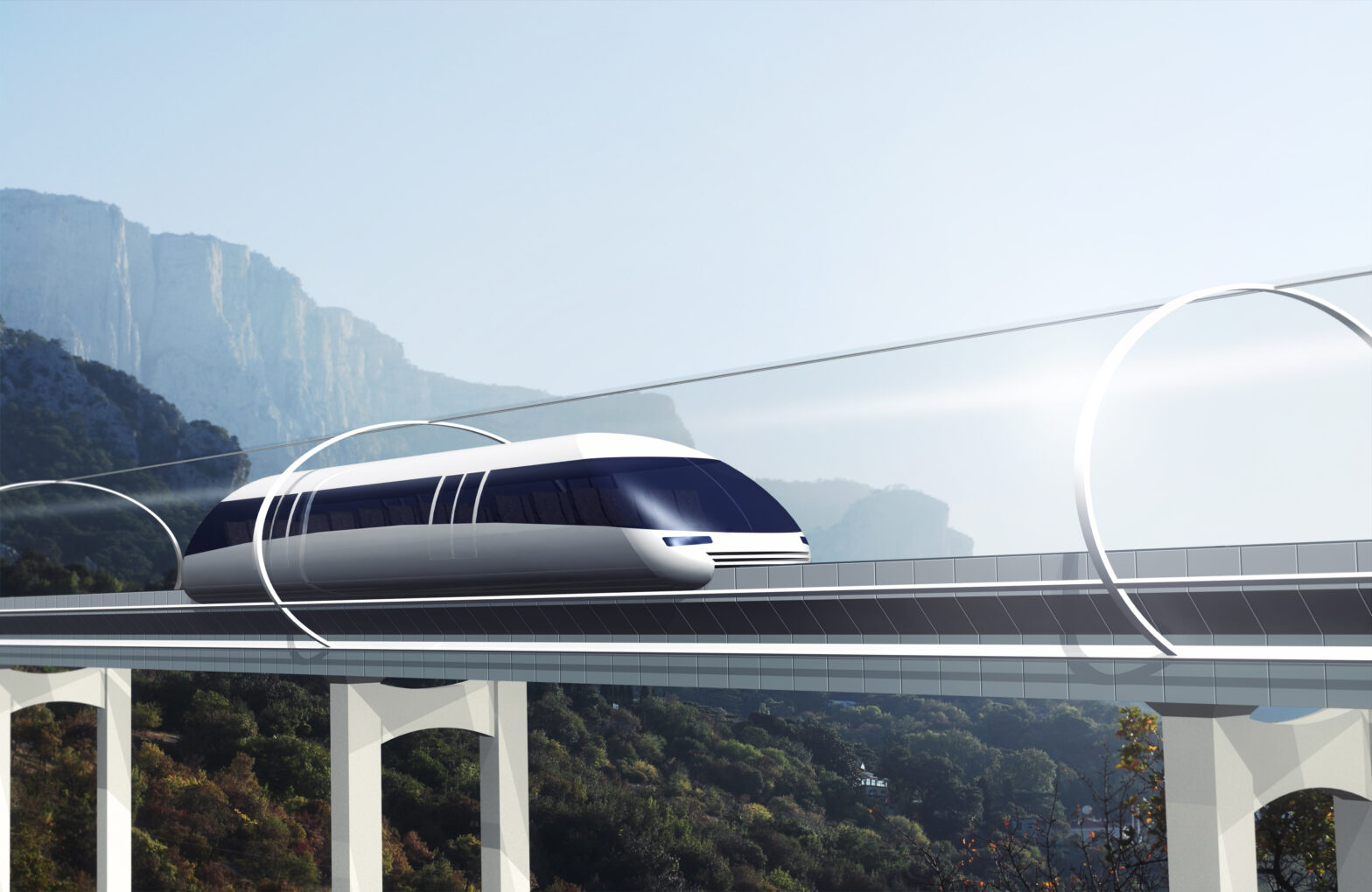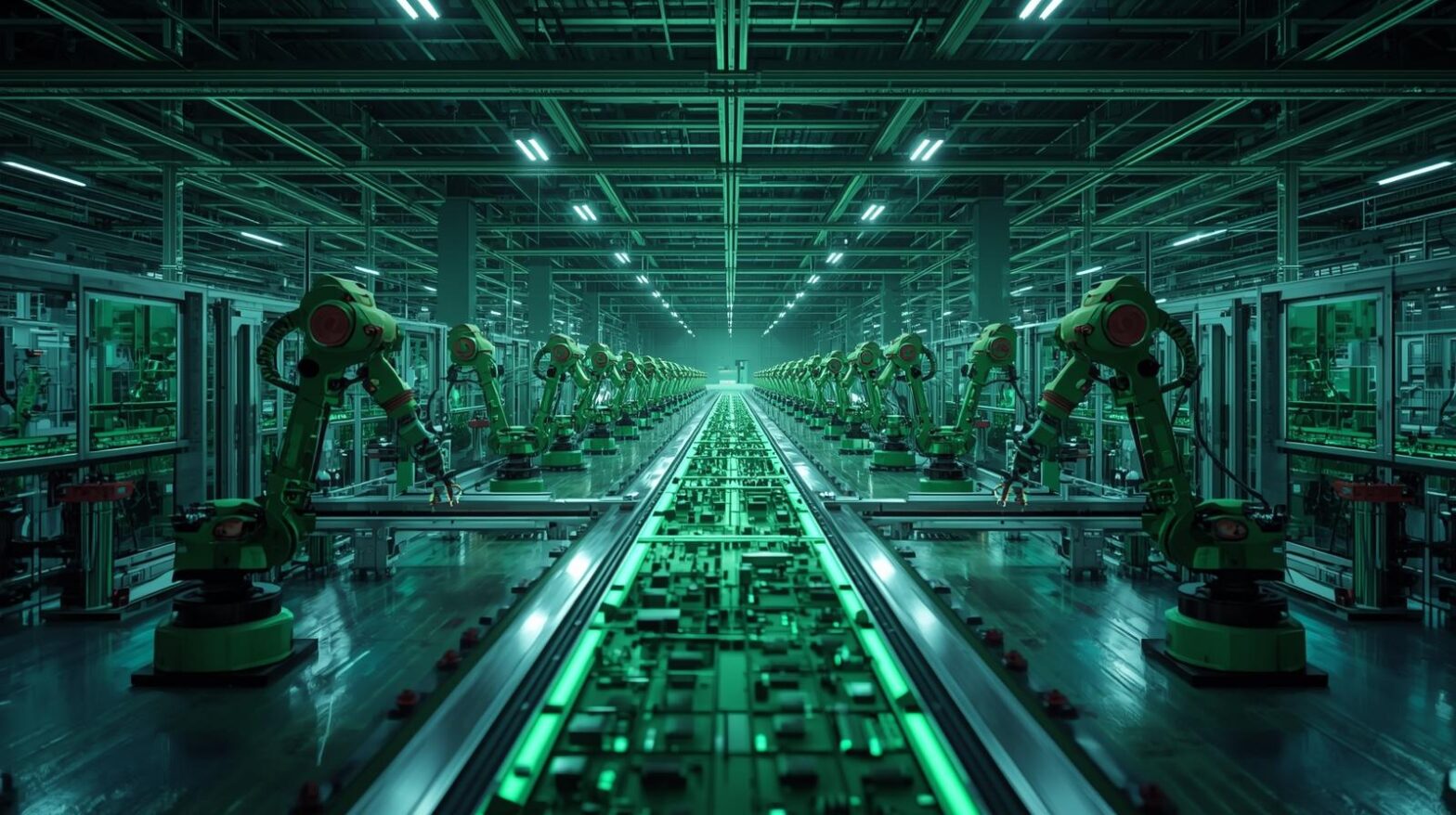In the face of the growing climate and environmental crisis, the role of technology, including artificial intelligence (AI) and automation, in environmental protection is becoming increasingly urgent.
Autor: Delta1
Food of the future
In the face of the climate crisis, a growing population and changing consumer habits, traditional food production methods are becoming insufficient. This is why new technologies such as artificial meat, 3D-printed food and vertical farming are being developed. They combine science, engineering and nutrition, offering new opportunities for production, personalisation and sustainability. ARTIFICIAL MEAT What is artificial meat? Artificial meat – meat that is not produced by breeding animals in the traditional way, but by cultivating animal cells in laboratory/industrial conditions. Difference from plant-based alternatives:Artificial meat consists of real animal cells, meat at the biological level, and is not just an imitation of taste and texture based on plant proteins. Production process:Collection of source cellsStem cells or satellite cells (e.g. from animal muscles) are usually collected using minimally invasive methods (e.g. biopsy). Cell proliferationCells are cultivated in a so-called culture medium, i.e. a nutrient containing nutrients (amino acids, glucose, vitamins, mineral salts), growth factors and other components necessary for division and growth. scaffoldingCells need a support structure – this can be a biocompatible material that allows cells to attach, tissue to grow, and muscle and fat fibres to form. Depending on the end product (steak, nugget, minced meat), the structure of the scaffolding may be simpler or more complex. Cell maturation/differentiation Cells must undergo stages of differentiation: from undifferentiated cells to muscle cells, fat cells and possibly other types (connective tissue). Physical conditions – temperature, pH, oxygen availability, time – must be carefully controlled. Collection and processing of the final product Once the appropriate amount of cell/tissue mass has been achieved, the material is harvested, the scaffolds are usually removed if edible or separated if not, and the meat is formed/processed into end products (e.g. cutlets, nuggets, burgers, sometimes steaks). It can be further processed (marinated, seasoned, roasted) just like regular meat. Scaling and industrial production It is then transferred to larger bioreactors (e.g. 100–1,000+ litres, ultimately much larger), where continuous flow (perfusion) systems or other innovations in bioreactors are necessary to optimise efficiency. Innovations in breeding media are also crucial – reducing the costs of ingredients, finding substitutes for bovine serum. Applications – what is artificial meat used for? ➢ An alternative to traditional meat – for consumers who wish to reduce their meat consumption for ethical, environmental or health reasons. ➢ Reduction of animal suffering – no need for mass breeding and slaughter of animals. ➢ Environment/climate – lower land and water consumption; potentially lower greenhouse gas emissions compared to animal husbandry (although this depends on the energy source and technology used). ➢ Food and health safety – possibility of production in sterile conditions, lower risk of animal-borne diseases, reduced need for antibiotics. ➢ New product types – beyond minced meat/nuggets: steaks, fillets, composite products combining muscle and fat cells, blended products (e.g. a mixture of cells and plant proteins), luxury products. Challenges and barriers ➢ Production scalingVery large-volume bioreactors are difficult to design and maintain. Most companies operate smaller bioreactors – scaling requires technical and engineering solutions. ➢ Culture media costs and growth factorsThis is one of the largest cost items. The animal-derived serum (FBS) used previously is very expensive and raises ethical concerns. Effective, inexpensive, and scalable alternatives are crucial. ➢ Structure and textureProducts such as burgers and nuggets are easier to achieve; steaks, fillets, muscle fibre texture, fat, connective tissue – these aspects require more advanced scaffolding and cell differentiation. ➢ Regulations and legislationArtificial meat products must go through approval processes (food safety, labelling, inspections). Regulations vary from country to country. This may delay the entry of products onto the market. ➢ Social acceptance and perceptionConsumers may have concerns about the taste, healthiness and naturalness of ‘test-tube meat’. Marketing, transparency and education will be important. ➢ Investment and infrastructure costsThe construction of plants, bioreactors, sterile infrastructure, control systems and raw material supplies all require large capital investments. ➢ Environmental energy costsAlthough artificial meat may use less water and land, laboratory/industrial processes require energy – e.g. to maintain sterile conditions, temperature, lighting (if used), pumps, etc. Energy sources and efficiency are important here. Current status – what has already been achieved, what is available, what are the plans Some companies have received regulatory approval to sell/use certain cultivated meat products. Example: Cultivated chicken (Upside Foods) in the US has received safety ratings. Israeli company Aleph Farms has received preliminary approval to sell cultivated beef steaks in Israel. Companies are working on production efficiency and scaling: for example, Believer Meats is building a large factory with a projected annual production of, among other things, farmed chicken. Work on animal serum substitutes and animal-free media: for example, Meatly, a UK-based company, has reduced the cost of its medium to ~£1 per litre by eliminating animal components from the medium. Predictions for the future Based on available data and expert analyses, several predictions can be made: Production costs will fall significantly by 2030TEA/LCA models predict that with sufficient scale and investment, the cost of producing cultivated meat could fall to around £4-5 per kilogram. The retail price will approach that of traditional meatSome segments (e.g. minced meat, chicken, nuggets) may achieve price competitiveness earlier than high-structure cuts (steak). Luxury/speciality products firstPremium steaks, catering, niche products (e.g. animal-free food, meat for allergy sufferers) may be the first to appear before the product becomes widely available. Regulations and standards will become crucial – cell-cultured food will have to meet sanitary and nutritional standards, as well as labelling and legal acceptance issues in different countries. Scaling up production and infrastructure will be one of the main challenges, but also an area where huge investments will be made – building larger bioreactors, production facilities, logistics systems… Czytaj dalej Food of the future
Technologia kontra natura: Sztuczna inteligencja i automatyzacja – sojusznicy czy zagrożenie dla środowiska?
W obliczu narastającego kryzysu klimatycznego i ekologicznego, kwestia roli technologii, w tym sztucznej inteligencji (AI) i automatyzacji, w ochronie środowiska staje się coraz bardziej paląca.
Żywność przyszłości
W obliczu kryzysu klimatycznego, rosnącej populacji i zmian konsumenckich, tradycyjne metody produkcji żywności stają się niewystarczające.


